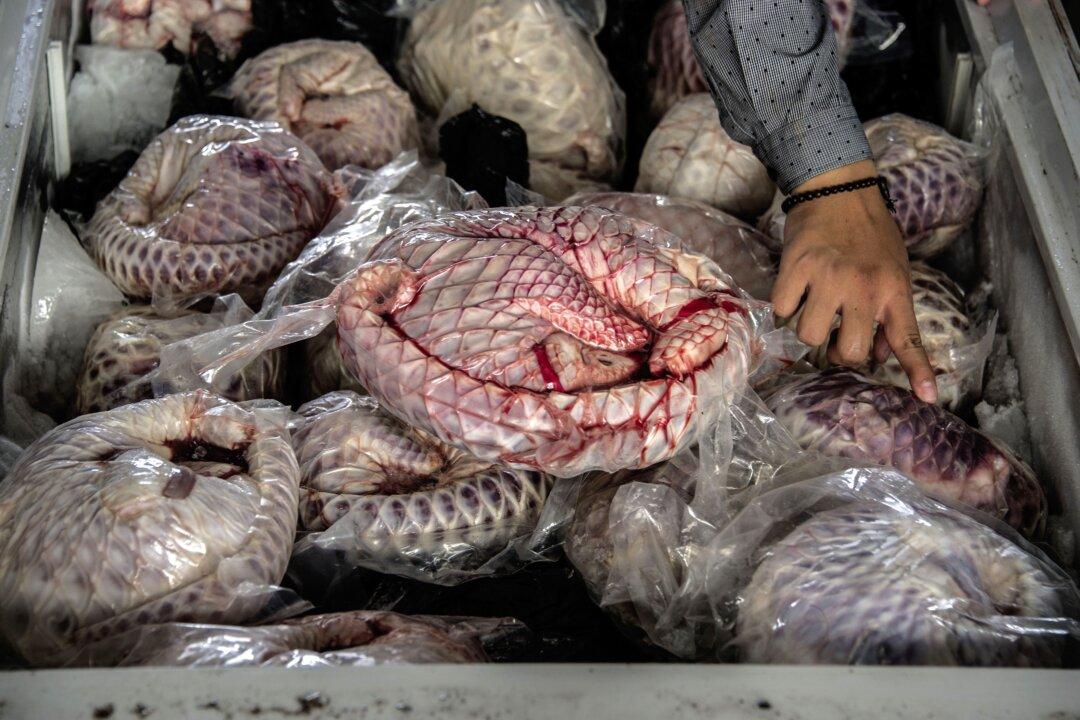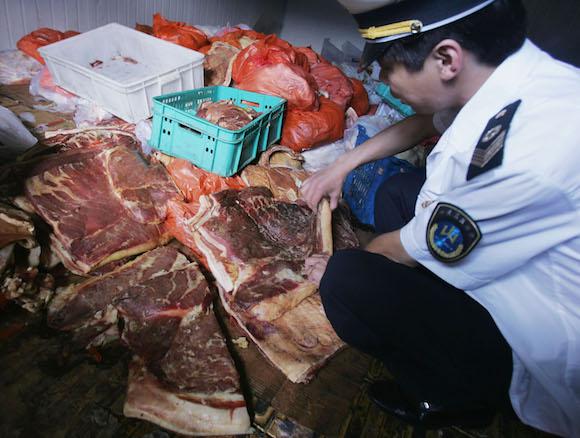In China’s Guangdong Province, there is a popular saying that people there will eat anything with four legs except a table, anything that flies except a plane, and anything in the water except a boat.
Here are six animals that are now teetering on the edge of extinction due to a seemingly insatiable demand for them coming largely from China.




